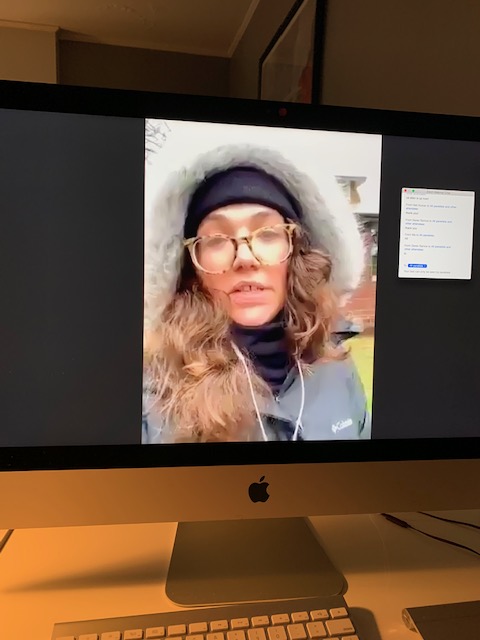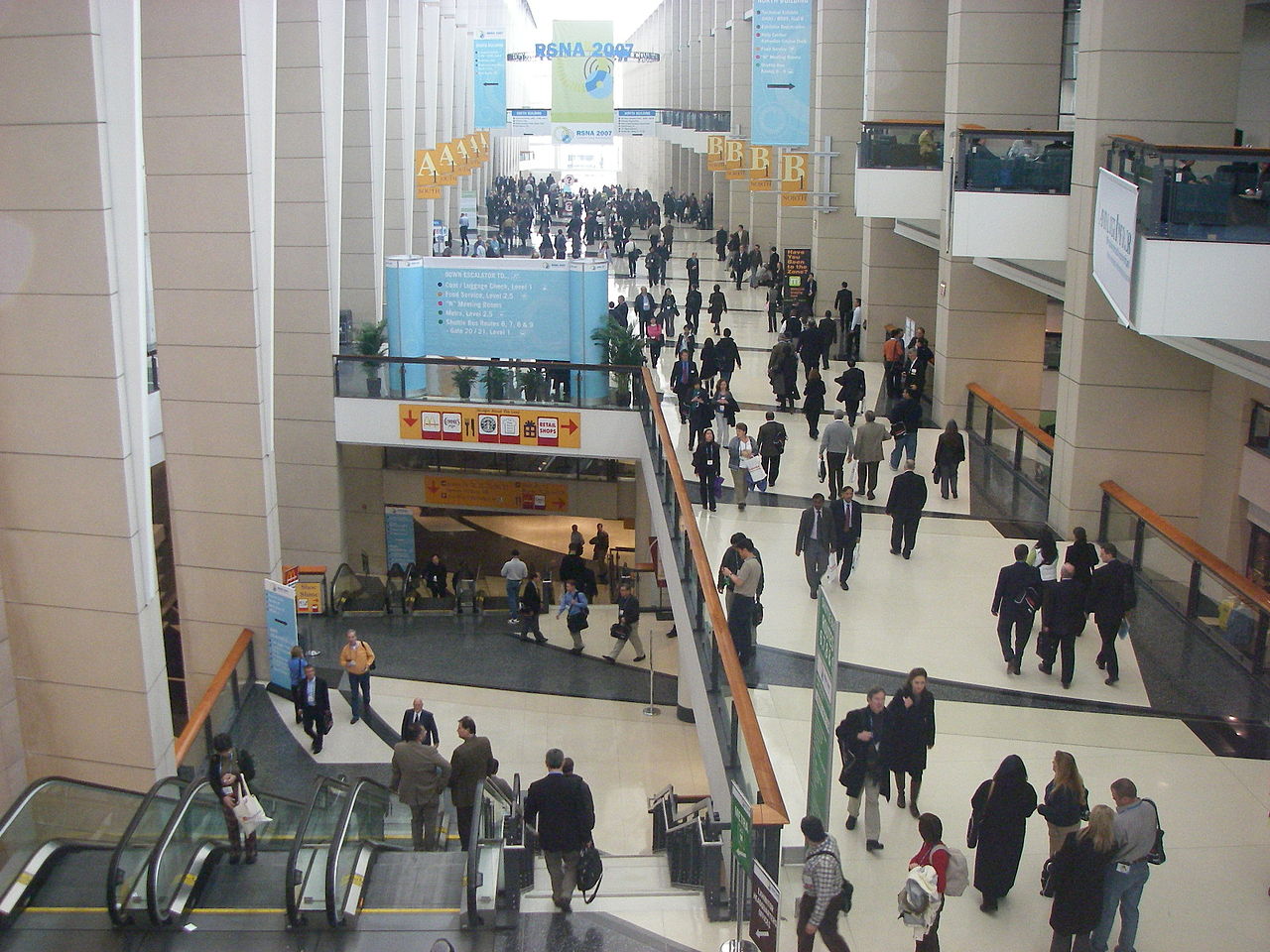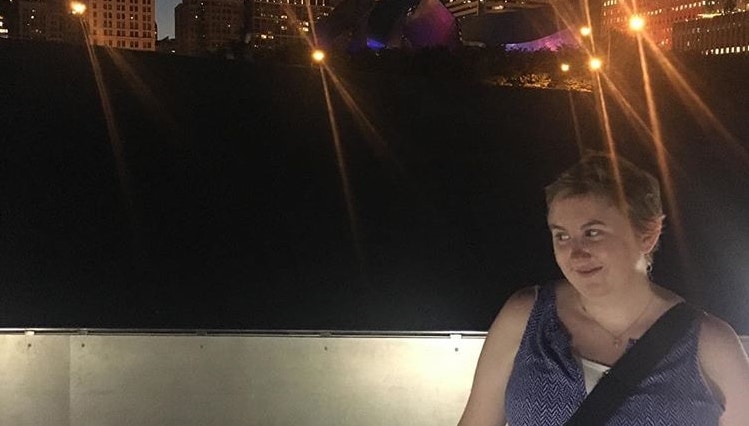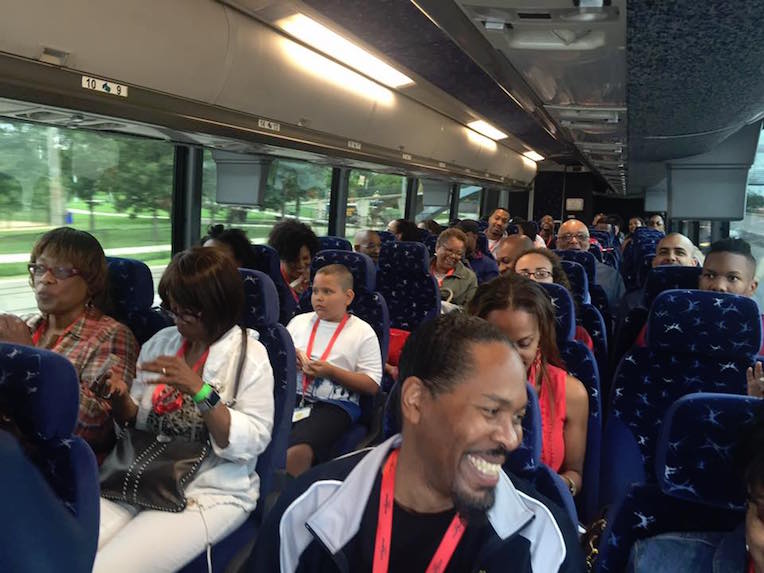Last week I attended the “Illinois Governor’s Conference on Tourism.” I won’t get into the specifics of travel industry talk, but I thought I’d share some aspects that might be of interest to those of us who travel, or live in places where travelers come. And maybe some thoughts on changes to come in Chicago.
Roger J. Dow, President & CEO of the U.S. Travel Association, spoke about how government views our industry as “frivolous” in comparison to manufacturing, chemical, and engineering industries. A video from the early ’90s called travel and tourism an “invisible industry” because it doesn’t have the tangible product of other industries. Instead, it’s service-based, with people employed by hotels, transportation, museums, theaters and restaurants.
The travel industry may seem like small potatoes, but it’s a gigantic supporter of our national economy, and especially in cities like Chicago where millions of visitors come each year. Travelers spend about $27 billion dollars per year in Illinois, for example. No small potatoes. I completely understand why people have the idea of this as “invisible” though. When I wrote an article about the job market for the San Francisco Bay Guardian back in 2001 (so long ago no link available), I was shocked to discover that travel and tourism was the number one driver of the San Francisco economy. The dot-com was all everyone was talking about, but when I consulted with an expert in the Department of Employment Development he explained how all the retail services of the city – from shops to restaurants to dry cleaners – were dependent on visitors.
So yes, I do have a tour business and it seems like it’s isolated on an island of the travel industry. But anyone in the city who works in services, in just about any neighborhood, depends on more than nearby residents to come enjoy what they have to offer. If someone in Palatine gets inspired to come into the city when they read about my Chicago tour company in their local newspaper, they will come to the city and go out to eat and maybe some shopping, too. It’s all connected.
Mayor Daley certainly knew about the importance of this industry. He was ahead of the game in the ’90s when he consulted with University of Chicago sociologist Terry Clark regarding the news ways that people were interacting in cities – both visitors and residents. Clark was studying the rise of cultural activities, which naturally bring people to the city. Chicago’s incredible museums, architecture, theater, and *cultural tours* (hint-hint) attract visitors (as well as residents) to the city, as well as shopping, activities, and restaurants.
So now that I’ve clearly identified the industry, I’ve got a question: What’s going to happen with the new administration in Chicago? A few weeks ago I had the unexpected chance to ask Rahm Emanuel, then candidate for mayor, what plans he had for promoting tourism in the city. His response was, “What do you mean? There are tourists everywhere.” But tourism has been declining, and just because it seems like there are plenty of visitors (um, what about 20% hotel occupancy rates in winter?) doesn’t mean we can’t do more to promote travel to Chicago. Essentially, he did not have an answer to the question. Does he see this as an “invisible industry,” too?
After having been a little discouraged by that response though, it was more than inspiring to be around fellow travel industry professionals at this conference, and hear leaders in our community who very much know this is not invisible!
–Amanda Scotese, Founder of Chicago Detours

















